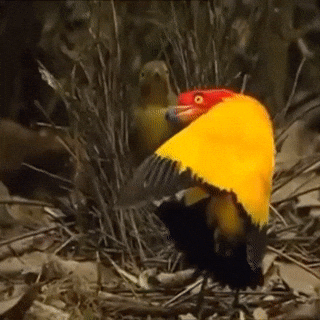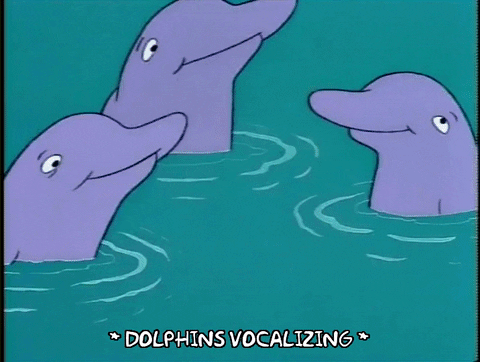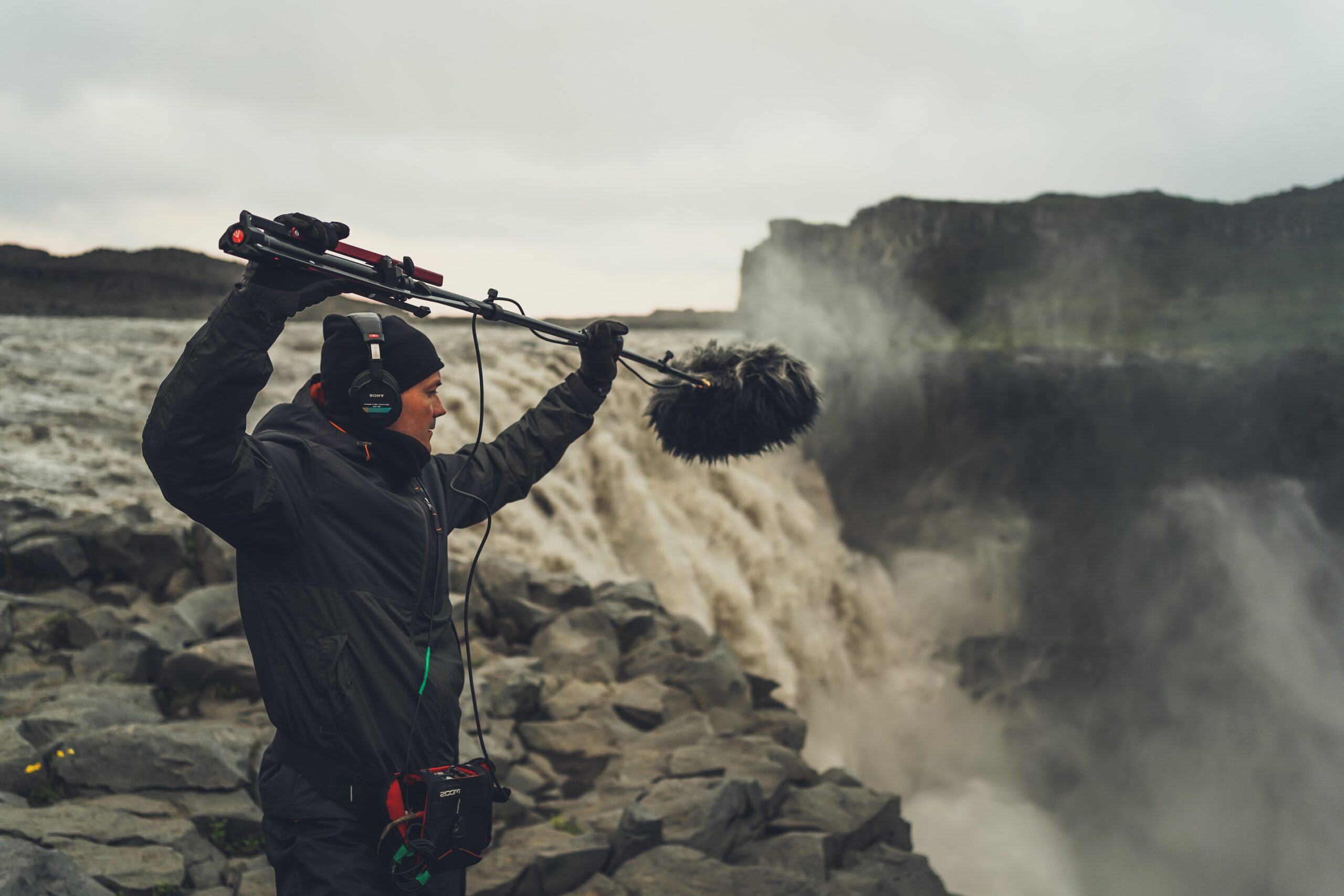As humans, we use a shared language to verbally communicate with another. Sometimes, we use specific signals and symbols to communicate.
Other species of animals also use a variety of sounds and signals to communicate with each other. And there’s a long-standing debate over the question of ‘do animals speak a language?’

GIPHY
And although scientists are yet to reach a unanimous conclusion, our continual curiosity with the topic has allowed us to gain lots of interesting knowledge about the world around us.
Welcome, to the world of bioacoustics.
SAY WHAT?
If we break it down, communication is the transfer of signals from a sender to a receiver.
The signals contain information that helps ensure the survival of the participants in the exchange.
Animals – including humans– communicate for various reasons. It’s essential for things such as attracting a mate, signalling danger or asserting dominance.

GIPHY
Animals use a variety of signals which fall into the general categories of acoustic, visual, chemical, electrical and tactile.
While vocal communication is common to many species, scientists are still decoding their complexity and diversity.
This is how the field of bioacoustics was born.
THE SCIENCE OF SOUND
Bioacoustics is a multidisciplinary field of study focusing on how animals produce and receive sound. It looks into how they use sound to interact with each other and their surroundings.
Bioacousticians can come from backgrounds such as engineering, physics, mathematics and psychology.

GIPHY
So what motivates their studies? Spoiler alert – the future of some species may depend on it.
WHAT CAN NATURE TELL US?
Sounds can tell us a lot about an ecosystem’s diversity, dynamics and health.
They can indicate how many species live in a landscape and how they interact.
Bioacousticians use sound recordings (aka soundscapes) to monitor rare and hard-to-observe creatures such as some birds and amphibians.
This information can help us understand changes in the environment and make decisions to protect rare or endangered species.
Bioacoustic studies can also help understand the impact of manmade sounds on the world around us.
IS THIS THING ON?
One WA study compared the acoustic environments of Roebuck Bay and Fremantle Harbour. Unsurprisingly, the higher noise pollution in Fremantle Harbour had a noticeable impact on the communication and behaviour of nearby dolphin populations.

GIPHY
Furthermore, new studies have suggested that manmade noise can negatively influence the reproductive success and mortality of some species.
And although we are far from fully decoding the communication methods of other species, the field of bioacoustics can act as a powerful tool for conservation.
After all, how will we ever decode animal communication if all the animals disappear?









